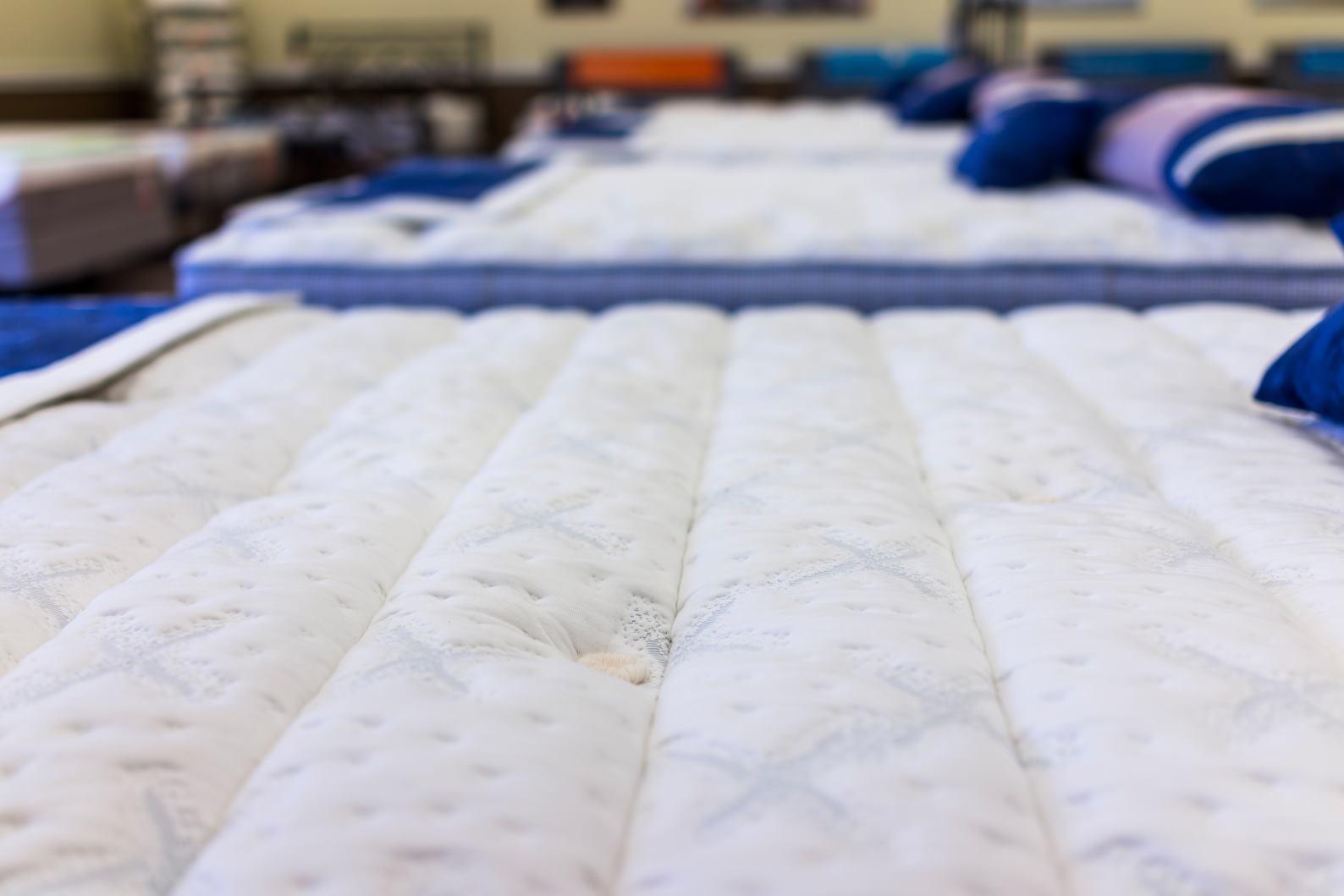Redefining Comfort: Exploring the Evolving Trends in the Mattress Market
Published on 01 Nov, 2023

As technology and consumer preferences evolve, the mattress market is undergoing a transformation that extends beyond traditional notions of comfort. From personalized sleep solutions to sustainable materials, this article delves into the dynamic landscape of mattress trends. These changes, driven by evolving customer needs or the adoption of different business models such as direct-to-consumer, highlight a shift toward customized and eco-conscious sleeping experiences. Here, we uncover how brands redefine comfort to align with modern lifestyles and desires and aim to build relations with customers.
As we explore the changing trends in the mattress market, it becomes clear that comfort now is more than the feel of a soft mattress. It encompasses personalization, sustainable materials, innovative designs, and a seamless shopping experience.
Rise of Healthy, Eco-Friendly, and Sustainable Mattresses
Consumers today, especially the younger generation with higher disposable income, health-conscious buyers, and those suffering from respiratory issues, tend to opt for a healthy but luxurious and eco-friendly mattress. Bedding that is free from harmful chemicals, such as pesticides and flame retardants is a healthier option and creates minimal impact on the planet. As a result, mattress manufacturers are focusing on using organic, natural materials, such as cotton, wool, and latex, as well as exploring innovative recycling techniques to reduce waste. These buyers tend to rely on industry certifications to ensure authenticity and sustainability that gave rise to international certifications, such as Global Organic Textile Standard (GOTS) and International Association for Research and Testing in the Field of Textile and Leather Ecology (OEKO-TEX), which confirm that the mattresses are eco-friendly and sustainable in nature.
Several mattress companies, especially in Europe, are embracing a circular economy as part of their sustainability initiatives to meet customer preferences. They are exploring ways to recycle and upcycle old mattresses to reduce waste and minimize environmental impact. These initiatives aim to create a closed-loop system, wherein used mattresses are transformed into new materials or products, reducing the burden on landfills.
Emphasis on Sleep Technology and Smart Mattresses
Advancements in sleep technology have been a game-changer in the mattress industry. Smart mattresses, equipped with sensors and integrated with smartphone apps, have much to offer but might not be the right choice for everyone. Customers who tend to get the best results from smart mattresses include digital natives, those looking for temperature control features, are data-driven and want detailed sleep tracking, or luxury shoppers. Customers who are budget shoppers, late adopters of new technology, and people who prefer the simplicity of traditional mattresses are the ones who are not well suited for this product.
Several innovative features were introduced in recent years. These include the following:
- Smart mattresses: The introduction of smart mattresses has transformed the mattress industry as sleep tracking, biometric sensors, and smartphone integration features are embedded to help users monitor and optimize their sleep patterns.
- Adjustable Firmness: Some mattress companies offer mattresses with adjustable layers, allowing customers to change the firmness or feel of the mattress by rearranging or swapping out layers. This caters to varying comfort preferences for couples or individuals.
- Dual Zone Mattress: A dual-zone mattress features two distinct zones or sections with varying levels of support or firmness. These zones are typically designed to accommodate different preferences or needs of two individuals sharing the same mattress.
- Textile-Based Pressure Sensing Matrix: Some players have introduced fabric for mattresses that contain sensors to detect pressure points and adjust the mattress accordingly. For instance, ReST's smart mattress technology is intended to provide personalized comfort and support throughout the night via its response.
- Cooling Technology: In mattresses it refers to the incorporation of various materials, designs, and features that help regulate body temperature and dissipate heat, resulting in a cooler and more comfortable sleep environment. Serta iComfort mattresses tend to incorporate cooling technology and smart features to provide a comfortable sleep experience.
Direct-to-Consumer (D2C) Business Models
D2C sales channel has disrupted the traditional mattress industry. By eliminating the middleman and selling directly to customers online, mattress companies can offer competitive prices, improve customer experiences, and post an increase in margins. This trend fostered an environment where innovative startups can thrive, challenging established brands. The high impetus on the D2C business model has resulted in the following:
- Cost Efficiency: By evading retailers and wholesalers, D2C mattress companies can eliminate the markups associated with traditional distribution channels. This often results in cost savings that can be passed on to consumers, making mattresses more affordable. One such company is Tuft & Needle, which sells directly to consumers online, they could reduce costs associated with traditional retail models and offer competitive prices.
- Convenience: Customers can easily shop for mattresses online from the comfort of their homes, eliminating the need to visit physical stores. Many D2C mattress companies also offer hassle-free trial periods and easy return policies. For instance, mattress manufacturer, Eight, went for the popular “bed in a box” business model whereby the mattress is delivered by mail along with a 100-night trial to ensure the customer’s comfort over the long term.
- Brand Control: D2C brands have greater control over their brand image, messaging, and overall customer experience due to their direct sales approach. They can directly engage with customers and gather feedback to improve their products and services
Conclusion
The mattress market is a dynamic and evolving industry, shaped by changing consumer preferences and technological advancements. From eco-friendly initiatives to sleep technology integration, the market caters to consumers seeking comfort, customization, and better sleep. As we move forward, sustainability, innovation, and customer-centric approaches will undoubtedly remain key drivers of growth in this market.
